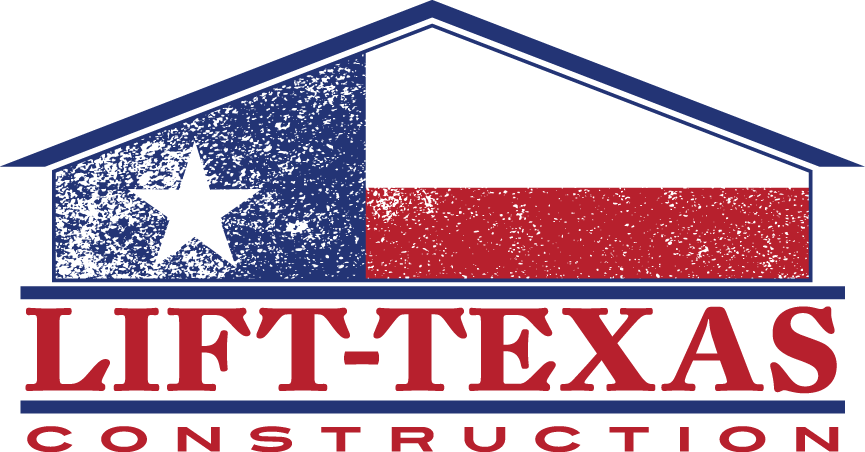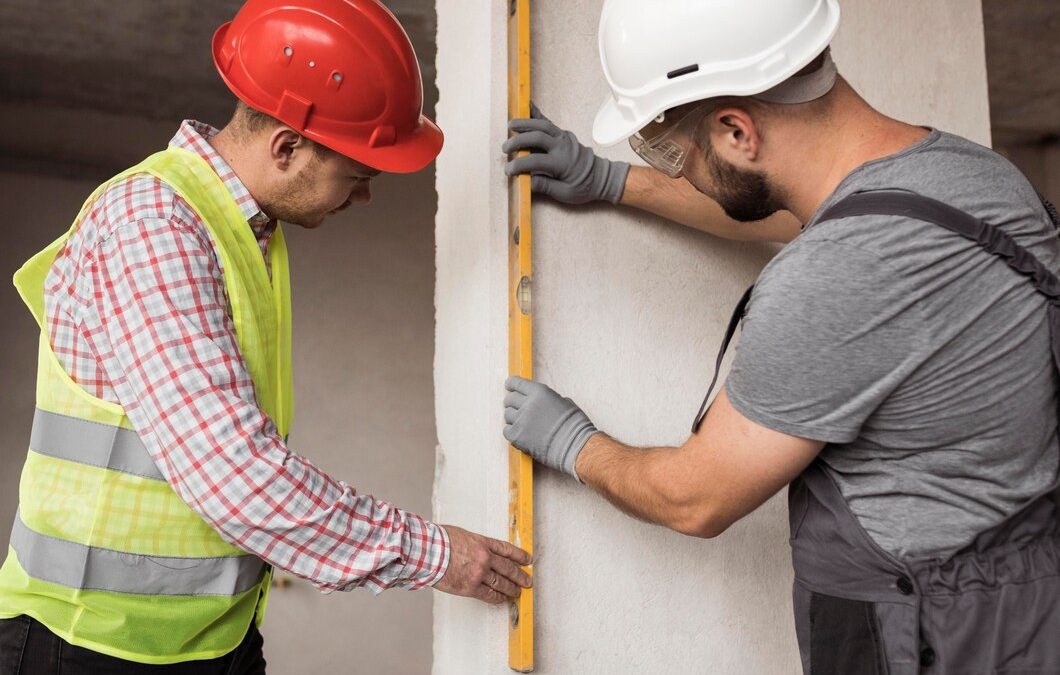Foundation repair projects can be complex and risky if safety measures are not followed. Ensuring safety during these projects not only protects you but also makes the work environment more efficient. Being aware of potential hazards and knowing how to handle materials and tools properly is crucial for a successful foundation repair.
Before you start any foundation repair, it’s important to assess the work area for potential hazards. This includes identifying unstable ground, loose debris, and other obstacles that could cause accidents. Proper preparation can greatly reduce the risk of injuries and ensure that the project progresses smoothly.
Using the right safety gear and equipment is another key aspect of staying safe during foundation repairs. Safety gear like gloves, helmets, and glasses protect you from various dangers on the site. Equally important is knowing how to handle tools and materials safely to avoid accidents and injuries.
Lastly, emergency preparedness and first aid procedures are vital for any foundation repair project. Knowing what to do in case of an emergency can make a significant difference in outcomes. Having a first aid kit on hand and knowing how to use it can save lives and reduce the severity of injuries.
In this guide, we’ll dive into essential safety tips to keep your foundation repair projects safe and efficient. Let’s begin by understanding how to assess your work area for potential hazards.
Assessing the Work Area for Potential Hazards
Before starting any foundation repair project, assessing the work area for potential hazards is essential. Begin by walking around the site to identify any unstable ground, loose debris, and other obstacles that could pose risks. Pay special attention to areas with uneven terrain or soft soil, as these can cause slips and falls.
Look out for potential hazards like exposed electrical wiring and underground pipes. These elements can be dangerous if they are accidentally damaged during the repair process. Mark these areas clearly so that everyone working on the project is aware of them.
Clearing the work area of unnecessary clutter can also help prevent accidents. Remove any tools, materials, or debris not directly related to the project. Keeping the area clean and organized reduces the chances of tripping and makes the work environment safer for everyone involved.
Proper Use of Safety Gear and Equipment
Using the right safety gear and equipment is crucial for protecting yourself during foundation repair projects. First, always wear a hard hat to shield your head from falling debris. Safety glasses or goggles are also essential to protect your eyes from dust and flying particles.
Gloves are important for protecting your hands from sharp objects and rough materials. Choose gloves that fit well to ensure you maintain a good grip on tools and materials. Sturdy boots with steel toes can protect your feet from heavy objects and provide support on uneven surfaces.
In addition to wearing the proper gear, it’s important to know how to use safety equipment effectively. For example, harnesses and safety ropes should be used correctly to prevent falls when working at heights. Follow the manufacturer’s instructions for using ladders and scaffolding to avoid accidents.
Regularly inspect your safety gear and equipment for any signs of wear or damage. Replace any items that are worn out or no longer provide adequate protection. Keeping your safety gear in good condition ensures that it will be effective when you need it most.
Safe Handling of Materials and Tools
Handling materials and tools safely is essential to avoid injuries during foundation repair projects. Start by keeping your work area organized. Store tools and materials in designated areas to reduce clutter and make it easier to find what you need. This helps prevent accidents and keeps the site safer.
When lifting heavy materials, use proper lifting techniques to protect your back. Bend your knees and keep your back straight as you lift. Avoid twisting your body while carrying heavy loads. If an item is too heavy to lift safely on your own, ask for help or use mechanical aids like wheelbarrows or dollies.
Ensure that all tools are in good working condition before use. Regularly inspect them for signs of damage or wear. Use tools for their intended purposes and follow the manufacturer’s instructions to avoid mishaps. For example, using a wrench as a hammer increases the risk of injury and tool damage.
Pay attention to power tools, which require extra caution. Always disconnect the power supply before making adjustments or changing accessories. Wear appropriate protective gear, such as gloves and safety glasses, when using these tools. If you are unfamiliar with a particular tool, take the time to read the user manual or seek guidance from an experienced user.
Emergency Preparedness and First Aid Procedures
Being prepared for emergencies is an important part of any foundation repair project. Start by having a well-stocked first aid kit on hand. Your kit should include bandages, antiseptics, pain relievers, and other essential supplies. Ensure that everyone on the site knows where the first aid kit is located.
It’s also crucial to have a plan for emergencies. Know the nearest hospital or medical facility and the quickest route to get there. In case of a serious injury, having this information readily available can save valuable time. Make sure all team members are aware of the emergency plan and know what to do in different scenarios.
Knowing basic first aid procedures can make a significant difference in an emergency. Train yourself and your team in first aid techniques like CPR and wound care. This training can help you manage minor injuries on-site and provide initial care before professional help arrives.
Keep emergency contact numbers easily accessible. This includes the local fire department, police, and medical services. In the event of an accident, quick access to these contacts ensures that help arrives promptly.
Conclusion
Safety is the cornerstone of any successful foundation repair project. By assessing the work area for potential hazards, using the proper safety gear, handling materials and tools safely, and being prepared for emergencies, you create a safer and more efficient work environment. These practices not only protect you and your team but also ensure that your project runs smoothly from start to finish.
At Lift-Texas Construction, we prioritize safety and excellence in every project we undertake. If you’re planning a foundation repair and want to ensure it’s done safely and effectively, contact Lift-Texas Construction today. Let us help you lift your project to a new level of safety and success.

